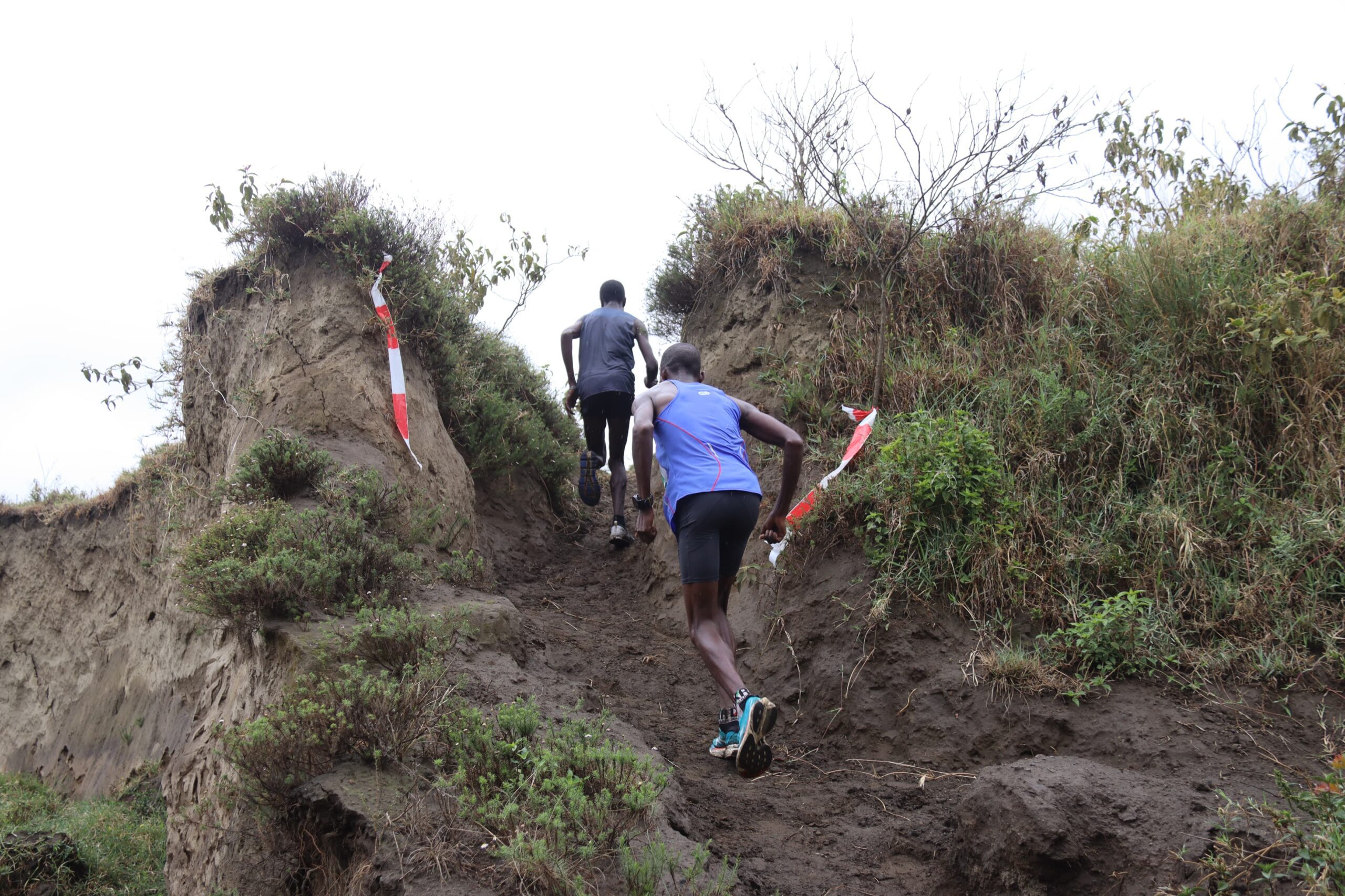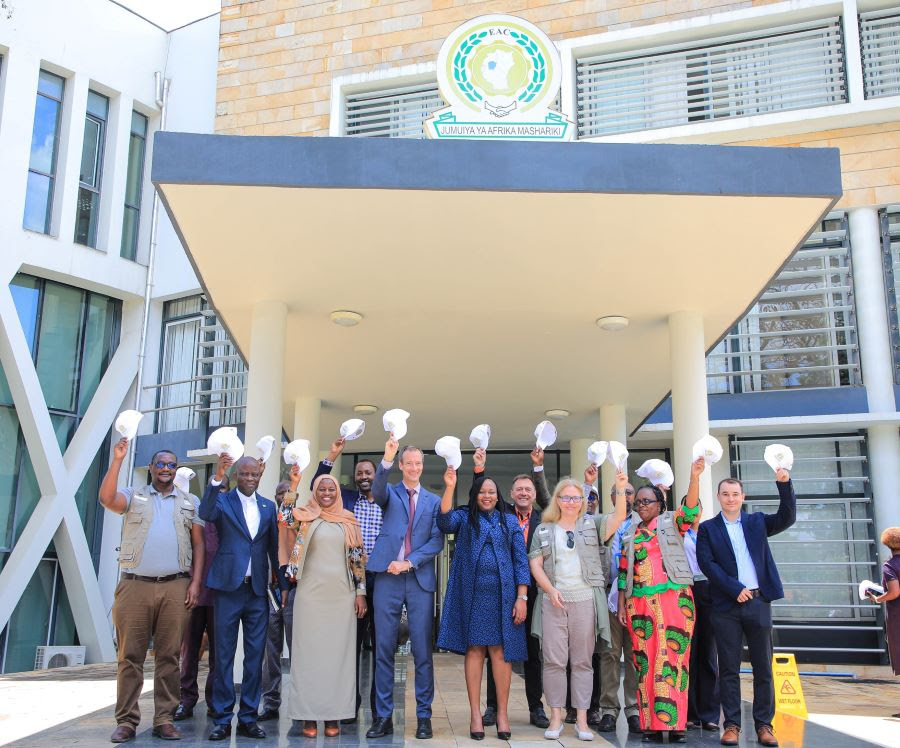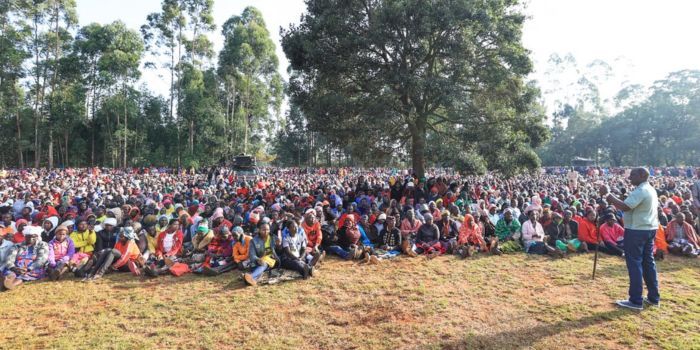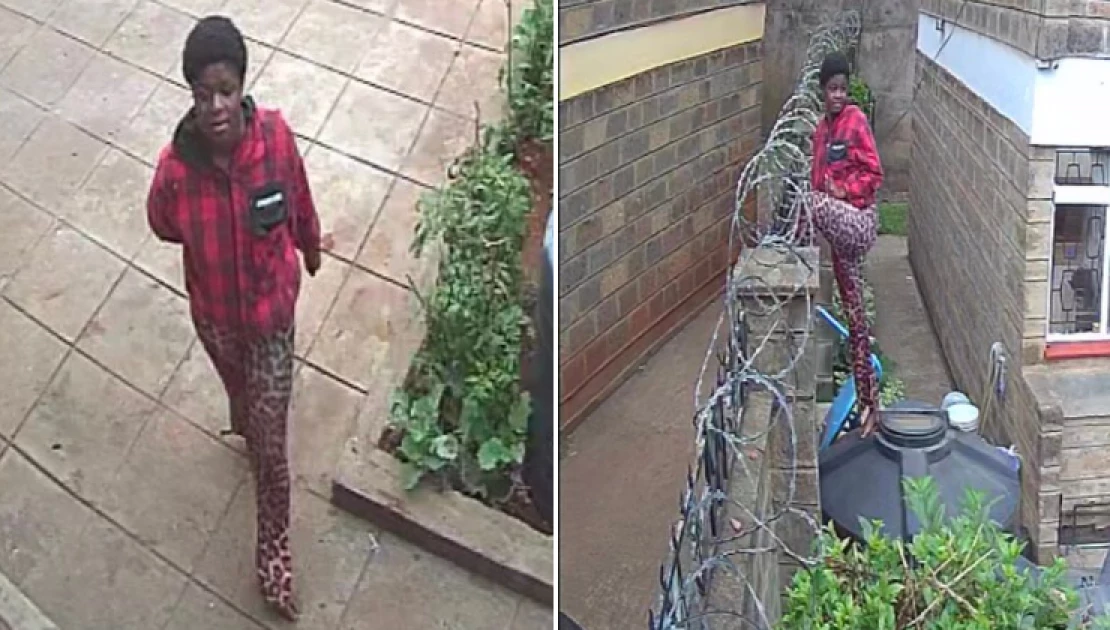A car suspected of transporting a stolen bull was set ablaze by an enraged mob in Matunda, Kakamega County, following a distress call from the bull’s owner.


The incident, which occurred on Monday evening, highlights the rising trend of cattle theft in the region.
The Incident: Bull Reported Missing
The drama unfolded when a local woman raised an alarm after discovering her bull had vanished from a grazing area where she had tied it. According to her, she had left briefly to fetch water for the animal but returned to find it missing.
The community quickly mobilized to assist in the search, and word soon spread that a suspicious car had been intercepted while transporting a bull.
Vehicle Intercepted, Mob Takes Action
The woman rushed to the scene where she identified the bull standing beside the vehicle, a Toyota Belta. By this time, the car’s occupants had fled, leaving the animal behind.
Angered by the theft, the crowd turned on the vehicle and set it ablaze. Local police arrived at the scene to manage the situation, allowing the bull’s owner to reclaim her animal while the burnt car wreckage was towed to a nearby police station.
Police Response to Rising Cattle Theft
Authorities have acknowledged an uptick in cattle theft in the Kakamega region, a crime that has traditionally been more prevalent in parts of the Rift Valley.
To combat the trend, law enforcement has intensified operations, including the establishment of additional roadblocks on major routes.
Why Cattle Theft Is on the Rise
The surge in cattle theft in western Kenya is believed to be linked to crackdowns on livestock rustling in the North Rift counties. As operations tighten in the Rift Valley, some criminals have shifted focus to western regions, exploiting new markets for stolen livestock.
Many of the stolen animals are reportedly sold to butcheries, fueling an illegal trade that threatens livelihoods and food security in affected communities.
Community Efforts to Curb the Menace
The growing prevalence of cattle theft has forced locals to adopt new measures to safeguard their livestock. From improving security around grazing areas to cooperating closely with law enforcement, communities are working to protect their animals from thieves.


























































































































































































































































































































































































































































































































































































































































































































































































































































































































